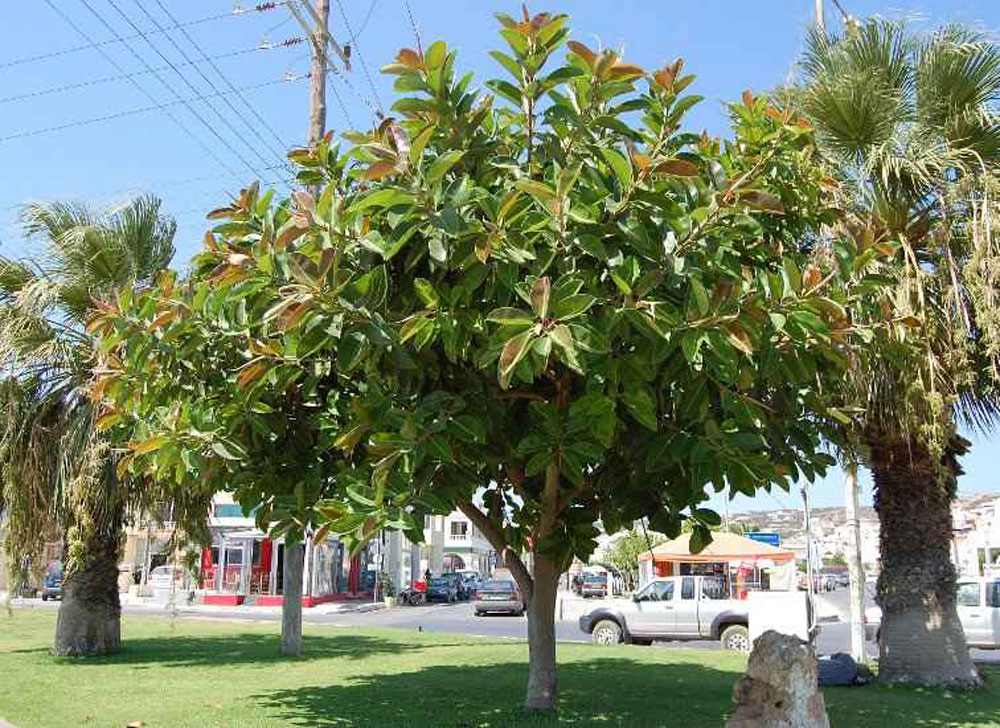Goli - Indian Rubber Tree

Ficus elastica
Summary
Scientific Classification
Kingdom: Plantae
Division: Angiosperm
Class: Dicotyledonae
Order: Rosales
Family: Moraceae
Genus: Ficus
Species: F.elastica
Scientific Name: Ficus elastica (Miq.) Barrett.
Common Names:
English: India Rubber Tree.
Kannada: Goli, Goni, Shimeala.
Marathi: Rabracho-vad.
Description:
- Habit and Habitat: large spreading evergreen tree up to 30 m high. It is found in a variety of tropical environments, such as the vegetation zones of tropical shrubland, woodland and rainforest.
- Distribution: The Indian subcontinent and Southeast Asia are the cradle of Rubber Plant. In particular, its countries of origin are Northern India, Bhutan, Nepal, Myanmar (formerly Burma), Malaysia and Indonesia. There, it is found in a variety of tropical environments, such as the vegetation zones of tropical shrub land, woodland and rainforest.
- Morphology:
Leaf: Large, elliptic, acute, shining, coriaceous, stipules large, caduceus, pinkish-yellow bud scales, lateral veins parallel.
Inflorescence: Hypanthodium, receptacles axillary in pairs, ovoid-oblong, greenish-yellow when ripe.
Flower: The males consist of 4 sepals of ovate shape and bear a solitary stamen with ovoid anther. The females consist of 4 ovate-shaped sepals and have a short style with papillate stigma. Male flowers: sepals 3, stamen 1. Gall flowers: sessile, sepals 3, style short. Female flowers: sessile, sepals 3, ovary superior, style short, stigma club-shaped.
Flowering and Fruiting Time: November-January.
Fruit: Syconus red, globose. The fruits of Ficus elastica are within the special fleshy stem of all the Fiscus, the syconium, and is a plethora of ovate achenes.
Seed: Fertile seeds only in areas where pollinating insect is present.
Propagation: propagation by cutting few inches of fresh growth just below the new growth bud of the tree. Allow the sap of the tree to dry for one hour.
Important:
Medicinal use: laxative, mouth cleaner, cough suppressor, insect bites, warts and corns. Other uses: It is originally cultivated as a source of rubber. It can yield a milky white latex which has been used in some cases to make rubber, but it should not be confused with the Para rubber tree, the main commercial source of latex for rubber making. It is also sometimes grown as an ornamental tree in the gardens.
Location: New Building.
 Trees of GSS Project supported by Makerspace Belgaum Website concept and designe by
Trees of GSS Project supported by Makerspace Belgaum Website concept and designe by